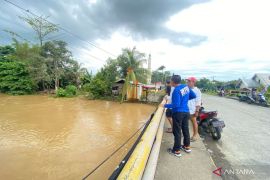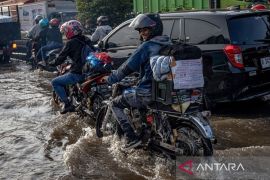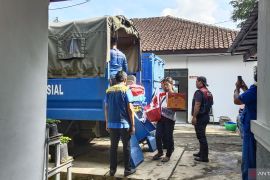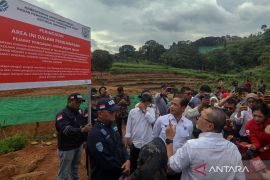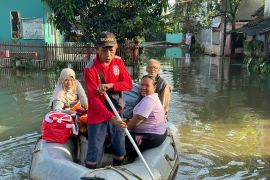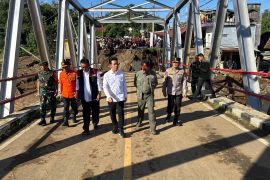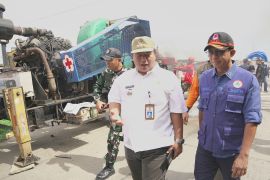Two wooden shells of North Korean landmines were found Thursday in a water-harvesting cistern near Hantan River at Cheolwon County, just south of the inter-Korean border, it said.
"They were just empty wooden shells of landmines. They have no explosives and detonators inside. We assume they might have been washed away," a spokesman for the defence ministry told AFP on Saturday.
Soldiers were searching areas near the Hantan and Namdaecheon rivers for other North Korean mines.
They have put up banners and handed out leaflets to warn holidaymakers in the area of the possibility of stray mines and asked them to report anything suspicious to authorities, the spokesman said.
North Korean mines have been carried south by floods and landslides in the past. Last year, dozens of wood-cased mines washed up in the south after heavy rains, killing one South Korean and injuring another.
A landslide triggered by this week`s torrential rains also dislodged mines planted decades ago in Mount Umyeon in southern Seoul. Soldiers said they were still looking for about 10 mines there.
South Korea planted 1,000 landmines on Mount Umyeon in the 1980s to protect an military installation there. Most were removed between 1999 and 2006, but a few remain unaccounted for.
Heavy rains have pounded the Korean peninsula over the past week, killing at least 59 people and leaving thousands homeless in the South alone.
North Korea`s official Korean Central News Agency said the downpours had meanwhile caused "great damage to the people`s economy".
According to a preliminary tally, in the North 35,700 hectares (88,223 acres) of rice paddies were inundated, while thousands of homes and hundreds of workplaces were destroyed, along with schools and public buildings, KCNA said.
The south and east were the worst-hit regions, where downpours of up to 500 millimetres fell from Tuesday to Thursday, it said. The impoverished communist state is already suffering from serious food shortages.
(U.H-RN)
Editor: Priyambodo RH
Copyright © ANTARA 2011
